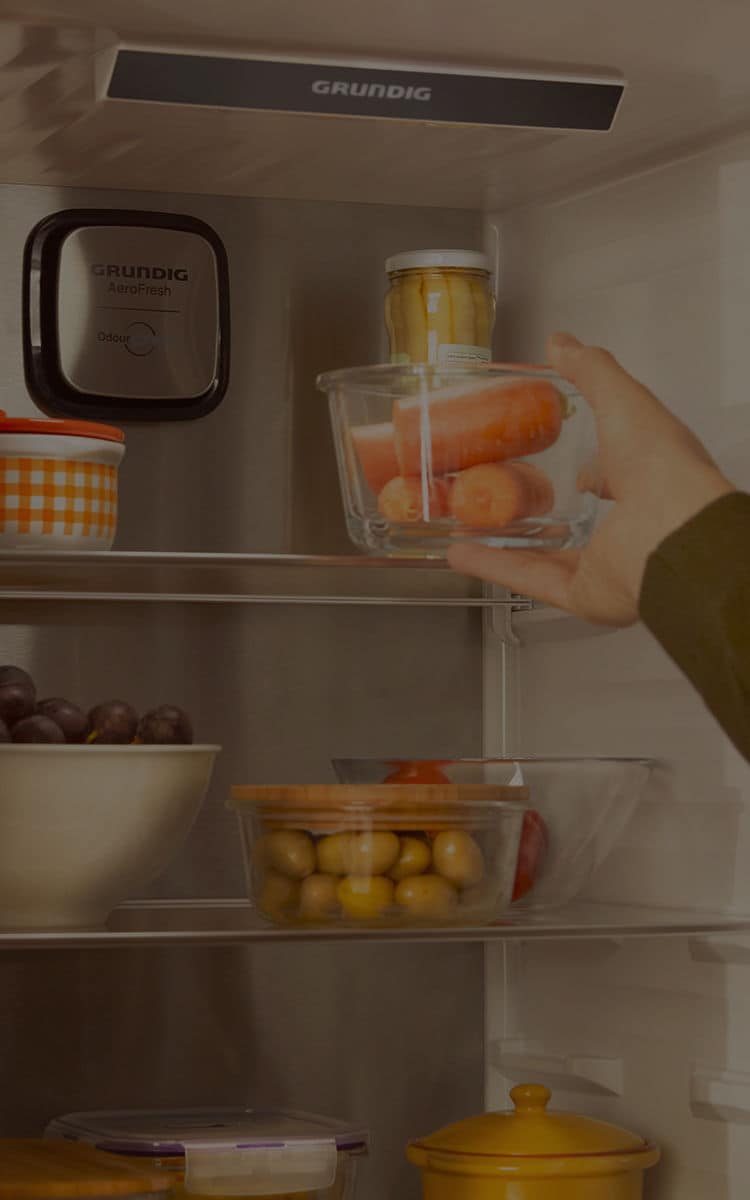Let’s dive into the fascinating world of sustainable food storage, and how technology is revolutionizing the way we keep your food fresh and longer-lasting.
In today's fast-paced world, it's crucial to find efficient and eco-friendly ways to store your food, reducing food waste and ensuring we have delicious, soul-satisfying meals every time.
1. New Generation Refrigerators: Your Food's Best Friend
First up, let's talk about the coolest tech in the kitchen – new generation refrigerators. These modern marvels come equipped with features that not only keep your food fresh but also help you manage it effectively. Imagine a fridge that alerts you when your veggies are about to go bad, or suggests recipes based on what's inside. It's like having a personal kitchen assistant! Plus, many smart fridges come with energy-saving modes, making them a win for both your wallet and the environment.
2. Vacuum Sealing: The Secret to Longevity
Vacuum sealing is a game changer in food storage. By removing air from the packaging, it dramatically extends the shelf life of food. It's perfect for bulk buying or meal prep enthusiasts. Not only does it keep food fresher for longer, but it also saves space – a much-needed bonus in any kitchen.
3. Herb Saviors: Keeping Greens Green
Herbs can be tricky to store, often wilting quickly. Enter herb saviors - specialized containers designed to keep herbs fresh for weeks. They regulate moisture and airflow, ensuring your basil, cilantro, or parsley stays vibrant and flavorful, ready to add a fresh touch to your meals.
4. Temperature Controlled Containers
For items like wine, chocolate, or certain cheeses, maintaining the right temperature is key. That's where temperature-controlled containers come in. These specialized storage solutions ensure that sensitive items are kept at their ideal temperature, preserving their quality and taste.
5. Eco-Friendly Packaging: Good for Food and the Planet
Finally, let's talk about Eco-friendly packaging. Eco-friendly options like beeswax wraps and reusable silicone bags are not just good for the environment; they're also great for keeping food fresh. They're versatile, washable, and a stylish addition to any kitchen.
Also here are some pro tips for sustainable food storage:
Post-Shopping Tips
Plan and Organize: After shopping, plan your meals around the perishables first. This helps in utilizing the most sensitive items and reduces waste.
Proper Segregation: Store fruits and vegetables separately. Some fruits emit ethylene gas that can cause vegetables to spoil faster.
Use Transparent Containers: Store leftovers in clear containers so you can easily see what's inside. This helps in remembering to use them before they spoil.
Tips for Entertaining Guests
Serve in Modest Portions: Prepare and serve modest portions to avoid excessive leftovers. You can always prepare more if needed.
Buffet Style Storage: If you're serving buffet style, keep perishable items cool and only take out what's needed. This keeps the food fresh longer.
Creative Leftovers: Plan for creative ways to use leftovers in new meals, turning them into entirely different dishes for the following days.
Holiday Period Tips
Advanced Preparation: Cook and freeze meals in advance. This not only saves time during busy holiday periods but also ensures food is stored safely and efficiently.
Donate Excess: If you find yourself with more food than needed, consider donating to local food banks or shelters.
Mindful Shopping: Shop with a list to avoid purchasing more than you need, reducing the chance of having excess food that might go to waste.
Incorporating technology into our food storage practices is not just a trend; it's a step towards a more sustainable and efficient lifestyle. By embracing these innovations, we're not just saving food; we're also contributing to a healthier planet. Remember, every small step counts in our journey towards sustainability. Happy storing!
Share



